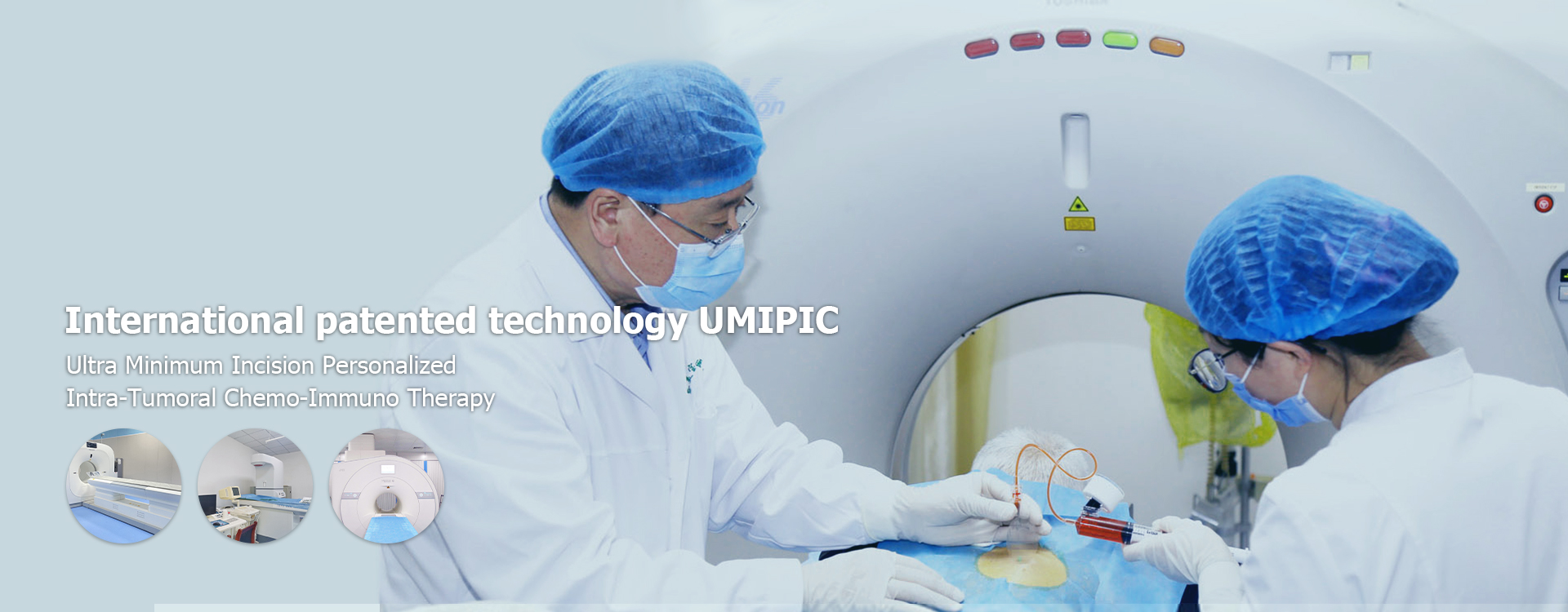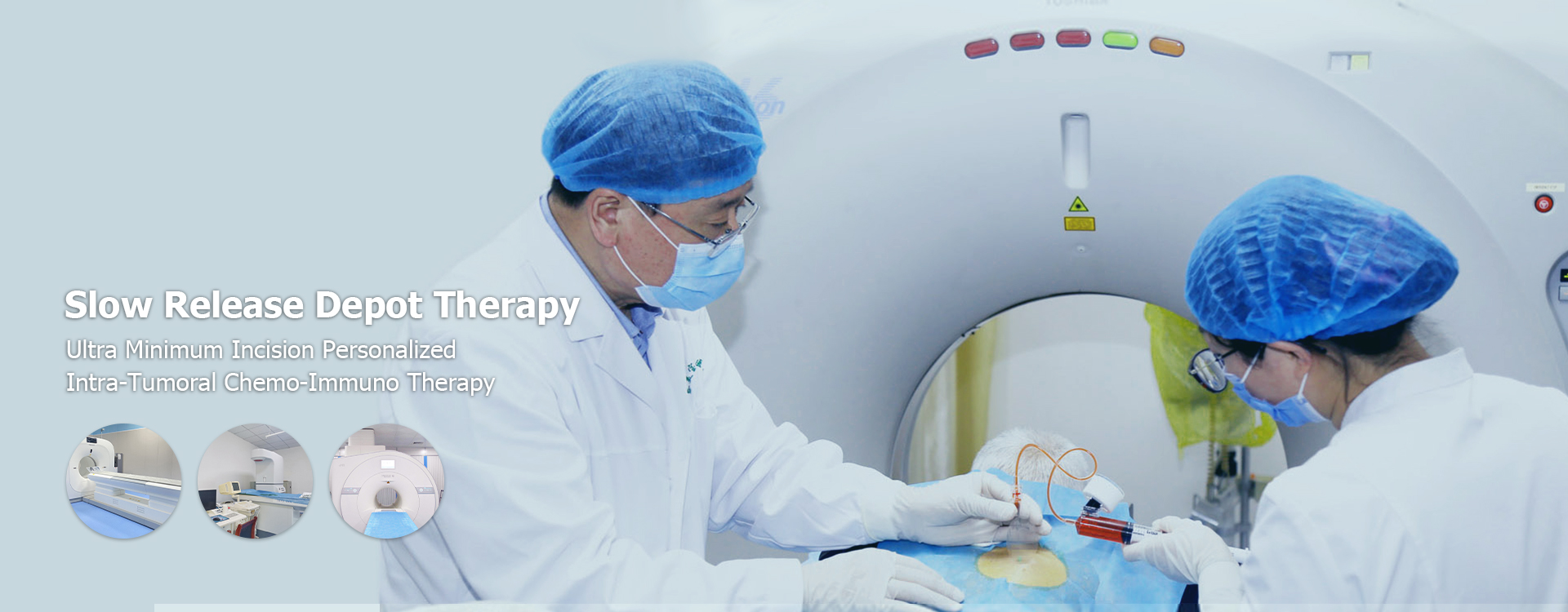
Gallbladder cancer
Gallbladder canceris a rare but aggressive disease that begins in the gallbladder. Early detection and treatment are crucial for improving outcomes. This guide offers a comprehensive overview ofgallbladder cancer, including its symptoms, risk factors, diagnostic methods, and treatment options, helping you understand this complex condition better.What isGallbladder Cancer?Gallbladder cancerdevelops when cells in the gallbladder grow uncontrollably, forming a malignant tumor. The gallbladder is a small, pear-shaped organ located under the liver that stores bile, a digestive fluid produced by the liver. While rare,gallbladder canceris often discovered at a later stage, making treatment more challenging.Symptoms ofGallbladder CancerIn its early stages,gallbladder cancermay not cause noticeable symptoms. As the cancer progresses, symptoms may include: Abdominal pain, especially in the upper right abdomen Jaundice (yellowing of the skin and eyes) Nausea and vomiting Loss of appetite Weight loss Bloating Dark urine Pale stoolsIt's important to note that these symptoms can also be caused by other conditions. If you experience any of these symptoms, consult a doctor for proper diagnosis.Risk Factors forGallbladder CancerSeveral factors can increase the risk of developinggallbladder cancer: Gallstones:Chronic inflammation caused by gallstones is a significant risk factor.Porcelain gallbladder:This condition occurs when the gallbladder wall becomes calcified.Chronic gallbladder infection:Long-term infections can increase the risk.Gallbladder polyps:Large polyps (greater than 1 cm) have a higher risk of becoming cancerous.Obesity:Being overweight or obese increases the risk.Age:The risk increases with age.Gender: Gallbladder canceris more common in women.Ethnicity:Certain ethnic groups, such as Native Americans and Hispanics, have a higher risk.Family history:Having a family history ofgallbladder cancerincreases the risk.DiagnosingGallbladder CancerDiagnosinggallbladder cancertypically involves a combination of the following:Physical exam:A doctor will examine you and ask about your symptoms and medical history.Imaging tests: Ultrasound:Uses sound waves to create images of the gallbladder.CT scan:Provides detailed images of the abdomen.MRI:Uses magnetic fields and radio waves to create images of the gallbladder and surrounding organs.Cholangiography:X-ray of the bile ducts, which may involve injecting dye into the ducts.Biopsy:A tissue sample is taken from the gallbladder and examined under a microscope to look for cancer cells. This may be performed during surgery or using a needle biopsy guided by imaging.Blood tests:Liver function tests and tumor markers can help in diagnosis.Staging ofGallbladder CancerOncegallbladder canceris diagnosed, it is staged to determine the extent of the cancer. Staging helps doctors plan the best treatment. The stages range from Stage 0 (very early cancer) to Stage IV (advanced cancer). The TNM staging system is commonly used, based on the size and extent of the primary tumor (T), the spread to nearby lymph nodes (N), and the presence of distant metastasis (M).Treatment Options forGallbladder CancerTreatment options depend on the stage of the cancer, your overall health, and personal preferences. Common treatment approaches include:Surgery: Cholecystectomy:Removal of the gallbladder. This is often sufficient for early-stage cancers.Radical cholecystectomy:Removal of the gallbladder, part of the liver, and nearby lymph nodes. This is used for more advanced cancers.Bile duct resection:Removal of a portion of the bile duct if it's affected by cancer.Chemotherapy:Uses drugs to kill cancer cells. It may be used before surgery (neoadjuvant), after surgery (adjuvant), or as the main treatment for advanced cancer.Radiation therapy:Uses high-energy rays to kill cancer cells. It may be used after surgery to kill any remaining cancer cells or to relieve symptoms of advanced cancer.Targeted therapy:Uses drugs that target specific molecules involved in cancer cell growth and survival. This may be an option for some advanced cancers.Immunotherapy:Helps your immune system fight cancer. It may be an option for some advanced cancers.Prognosis ofGallbladder CancerThe prognosis forgallbladder cancervaries depending on the stage at diagnosis, the type of cancer, and your overall health. Early detection and treatment are crucial for improving outcomes. The five-year survival rate for localizedgallbladder cancer(cancer that has not spread) is significantly higher than for cancer that has spread to distant organs. Regular follow-up appointments with your doctor are essential to monitor for recurrence.Living withGallbladder CancerLiving withgallbladder cancercan be challenging, both physically and emotionally. It's important to have a strong support system, including family, friends, and healthcare professionals. Consider joining a support group to connect with others who are going through similar experiences. Maintaining a healthy lifestyle, including a balanced diet and regular exercise, can also help improve your quality of life.The Role of Research inGallbladder CancerTreatmentOngoing research is crucial for improving the diagnosis and treatment ofgallbladder cancer. Clinical trials are studies that test new treatments or approaches to care. Consider participating in a clinical trial to help advance the understanding and treatment of this disease.Shandong Baofa Cancer Research Instituteis actively involved in researching new therapies and improving patient outcomes. The institute collaborates with leading researchers and institutions worldwide to drive innovation in cancer care.Prevention ofGallbladder CancerWhile there is no guaranteed way to preventgallbladder cancer, you can take steps to reduce your risk: Maintain a healthy weight. Eat a balanced diet low in fat and high in fruits and vegetables. Treat gallstones promptly. Consider gallbladder removal if you have a porcelain gallbladder. If you are at high risk due to family history or other factors, talk to your doctor about screening options.Comparing Treatment Options: A Summary Treatment Description Advantages Disadvantages Typical Use Surgery Removal of the gallbladder and potentially surrounding tissue. Potentially curative in early stages. Invasive, requires recovery time, may have complications. Primary treatment for resectablegallbladder cancer. Chemotherapy Drugs to kill cancer cells. Can shrink tumors, control growth, and relieve symptoms. Side effects such as nausea, fatigue, and hair loss. Adjuvant therapy, treatment for advanced disease. Radiation Therapy High-energy rays to kill cancer cells. Can target specific areas, reduce tumor size, and relieve pain. Side effects such as skin irritation, fatigue, and nausea. Adjuvant therapy, palliative care for advanced disease. Targeted Therapy Drugs that target specific molecules in cancer cells. More precise than chemotherapy, potentially fewer side effects. Only effective for cancers with specific molecular targets. Treatment for advanced disease with specific mutations. Immunotherapy Drugs that help the immune system fight cancer. Can provide long-lasting responses in some patients. Can cause immune-related side effects. Treatment for advanced disease in selected patients.Disclaimer: This information is for general knowledge and informational purposes only, and does not constitute medical advice. It is essential to consult with a qualified healthcare professional for any health concerns or before making any decisions related to your health or treatment.
Relatedproducts
Related products
Best sellingproducts
Best selling products-
 Nell Smith, a throat cancer patient from Switzerland
Nell Smith, a throat cancer patient from Switzerland -
 Mark, a prostate cancer bone metastasis patient from the United States
Mark, a prostate cancer bone metastasis patient from the United States -
 Anthony, lymphocytic cancer patient from the United States 24
Anthony, lymphocytic cancer patient from the United States 24 -
 Famous American female painter Muriel
Famous American female painter Muriel -
 Andress, a 9-year-old boy from the United States
Andress, a 9-year-old boy from the United States -
 PAT, rectal cancer patient from the United States
PAT, rectal cancer patient from the United States
Relatedsearch
Related search- Cheap stage 3 prostate cancer treatment near me
- China icd 10 breast cancer near me
- Cheap Ultra-Minimum Incision Personalized Intratumoral Chemoimmunotherapy cost
- Cheap pancreatic cancer survival rate cost
- cause of liver cancer
- China Gallbladder cancer cost
- treatment pancreatitis cost
- treatment treatment for renal cell carcinoma Hospitals
- China psma prostate cancer treatment Hospitals
- China small cell lung cancer treatment





